
Are you ready to take your Shopify store global? Selling internationally can boost your revenue, but only if you understand how to set up Shopify international shipping, calculate shipping rates, and implement effective shipping strategies.
Therefore, let’s explore how Shopify’s international shipping features can help you reach customers worldwide.
Why Does International Shipping Matter to Your Business?
If you think customers prefer to buy products online from local markets, instead of international ones, think again. In fact, 52% of customers shop for products internationally. That’s a huge customer base waiting to have their hands on your products.
Modern consumers want genuine products. Furthermore, they are ready for international shipping, and you are prepared to meet their needs. Shopify international shipping helps you tap into a wider audience to sell.
There are other benefits of selling your products internationally:
Edge Over Your Competitors
If your competitors are still selling locally, you take one step forward to sell internationally. It gives you a competitive advantage.
Revenue from Diverse Markets
Overreliance on local markets can negatively impact your revenue. Opening up your brand on a global scale helps you get clients from diverse markets and increase your sales.
Brand Recognition
People recognize brands like Nike and Apple because they have a global presence. If you sell on international markets, your brand exposure increases. This impacts your revenue.
International shipping with Shopify is easy. Let’s see how to set it up.
Setting Up Shopify International Shipping
Step 1
First, navigate to Shopify admin > Settings > Shipping and delivery.
Step 2
Next, click on Create a custom profile to add your profile for shipping.
Step 3
Then, add your profile name and the products you want to sell internationally.
Step 4
Next, add your shipping zone and Shopify international shipping rates.
The shipping zone should have the countries you want to sell to. In Shopping rates, you can adjust the rates based on the weight of the item, order price, or time taken to deliver.
Step 5
Finally, save your shipping profile, and you have set up your specific zone for Shopify international shipping.
To achieve success when expanding globally, you need to implement effective international shipping rate strategies. Here are the best ones to choose from.
Shopify International Shipping Rate Strategies
Flat-rate Shipping
In this strategy, e-commerce merchants use a flat fee for shipping regardless of the product’s weight, size, type, or quantity. For instance, you can set this shipping rate in specified zones when you set up Shopify international shipping.
This benefits customers, as they will know the upfront cost of shipping. Moreover, sellers can easily manage their logistics during every shipping process.
Free shipping
This is a common strategy used by sellers. More customers are converted through free shipping because, let’s face it, customers don’t want to pay more. But adding free shipping to every shipment will burn your profits.
Implement offers such as free shipping for orders above $200 or based on the quantity of items to balance it out.
Shipping with third-party carriers
If you want the logistics to be handled by a third party, there are plenty of options available. For example, FedEx, DHL Express, and UPS are all popular shipping courier services. Select the third-party courier based on their charges and the locations they serve.
Moreover, for success in international shipping, you need to keep a few things in mind. Here are some practical tips to expand your business globally.
International Shipping With Shopify: 6 Tips for Success
There are many different strategies you can use to boost your sales while expanding to international markets. Here are 6 of the best ones.
Start Small
Remember, it’s not a race. International markets are there for the taking. Therefore, start small with a few international zones and take it from there.
For example, let’s say you sell locally in the United States region. The closest international markets for you are Canada and Mexico. Research the Canadian markets based on your products and services, and begin your expansion. Slowly expand to Mexican markets as well.
Optimize Shopify Shipping Zones
Customize your shipping zones to sell a large collection of products and services.
As we have learned earlier, you can add and set up different shipping zones on Shopify. For example, if you are selling beauty products online, add skin care products in the Canadian zone and hair care products in the Mexican zone.
This way, you can analyze which zones are working and plan to sell your products.
Use Targeted Ads
Location-based ads are your best bet to increase revenue when you are expanding to international markets. For instance, use ad platforms like Meta, Google, and TikTok to reach potential customers.
If you are a Shopify Plus merchant in the United States, you can use Shopify Audience. This amazing tool generates a curated list of audiences based on your customers from different ad platforms. These include Meta, Snapchat, X, and TikTok.
Bonus tip: Consider adding the languages of the location in your marketing strategy where you are targeting.
Write a Clear International Shipping Policy
Write a transparent and clear shipping policy for your international clients. This helps set the correct expectations and avoid any disputes. Here’s a checklist to keep in mind:
1. Add countries and regions you ship to. Add a message if you don’t ship to any specific country or region
2. Mention all the available shipping options (Standard or carrier) and costs. Add shipping rates to your final costing (flat rate, free shipping, or rate of third-party carrier)
3. Add a real-time delivery timeline for your international customers to track.
4. Outline the return and refund policy for international shipping.
5. Inform customers regarding the customs duty charges and who is responsible for paying them.
6. Remind customers to provide accurate shipping information. This is important because refunds and returns on international deliveries are difficult.
Get Familiar with the Country’s Rules
Some countries prohibit certain products. For example, if you are selling baby walkers, you cannot sell them in Canada because it’s banned.
There are many other rules and regulations you have to follow if you want to set up Shopify international shipping. Here’s a checklist on what to research:
1. Research the customs duties and VAT that apply to your products. Also, note down who is responsible for paying them.
2. There are many banned items in certain countries. Make sure yours is not on the list.
3. Ensure that all the documentation and paperwork required follow the country’s guidelines.
4. Some shipping carriers do not deliver items to certain countries. If you are using a carrier for shipping, ensure it operates in your chosen country.
5. Finally, if you have made any mistakes while shipping, take note of the fines and penalties that apply.
Make Use of Shopify Shipping & Shopify Fullfilment Network
Shopify international shipping comes with tools such as Shopify Shipping and Shopify Fullfilment Network. These tools can help e-commerce merchants ship internationally.
In particular, if you are operating from the United States, Canada, or Australia, you can use Shopify Shipping to ship your products. Furthermore, U.S. and Canadian merchants can also make use of Shopify Fullfilment Network to ship internationally.
When e-commerce merchants buy shipping labels from these Shopify tools, the documentation for the international market gets generated automatically. This can be printed from any standard printer and added along with your products.
Expand Your Business Internationally. One Product at a Time
There is an enormous global demand for your products. So why are you still selling on local markets?
Take the first step towards international selling with Shopify. Use its features, such as Shopify Audiences, Shopify Shipping and Shopify Fullfilment Network to help you sell your products and services easily on international markets.
Keep a few things in mind while expanding to global markets.
- A clear shipping policy
- Research the country’s rules and regulations based on your products.
- Choose the best strategy for shipping rates for your brand.
To begin, start slow while expanding. For example, if you have a set of products and services, select the ones that you think are suitable for selling in international markets. Look for nearby markets, as it is easier to ship there.
International markets are there for the taking. Go grab it.
FAQs
1. Is international shipping available on Shopify?
Yes. It is an e-commerce platform that helps you expand your business globally with Shopify international shipping.
2. Is my country eligible for Shopify Shipping?
Shopify Shipping is not available for all countries. Click here to check if you are eligible.
3. How to add international shipping on Shopify?
Navigate to Shopify admin > Settings > Shipping and delivery. Create a custom profile. Add your profile name and products. Add your shipping zone and international shipping rates. Click Save.
4. How long does it take to ship internationally on Shopify?
It depends on the location of the country in terms of your base of operations, the rules and regulations of your selected country, the type of products, and the carrier you selected for shipping.
5. Which country is best to ship my products internationally?
Research the target market based on the type of products they use. The best country to sell your products is where your products are in most demand. It can be local or international.
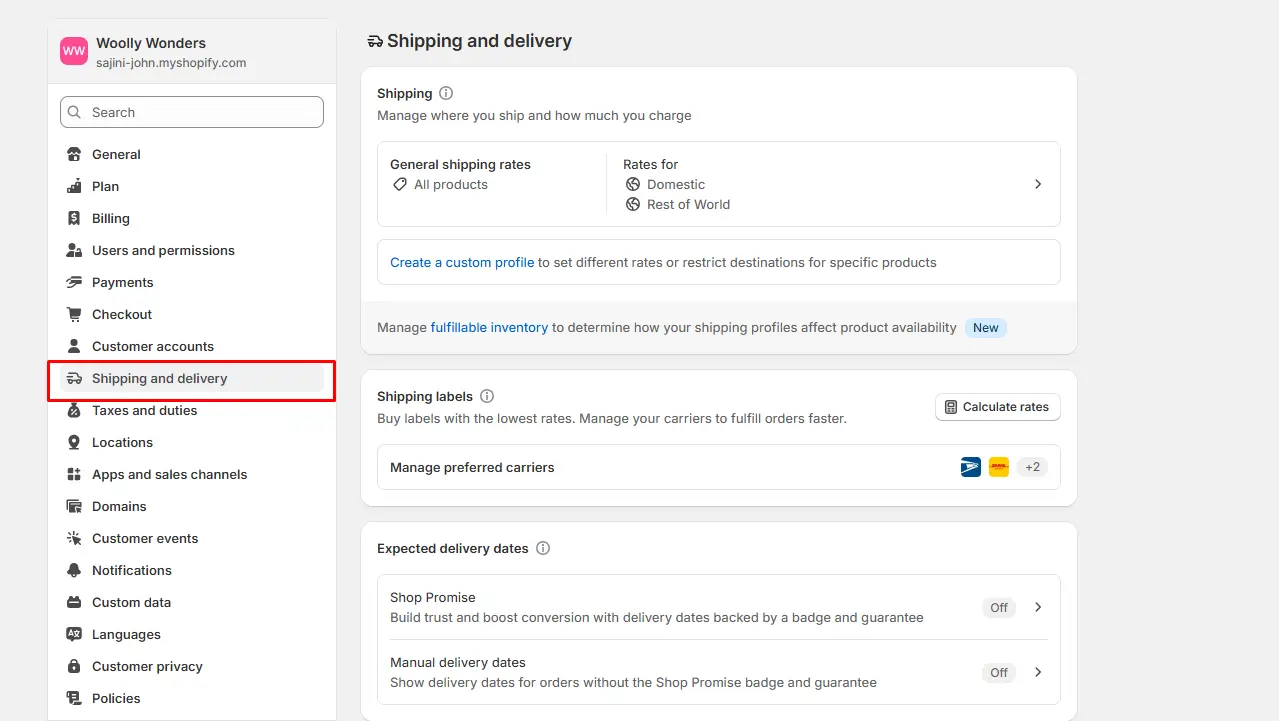
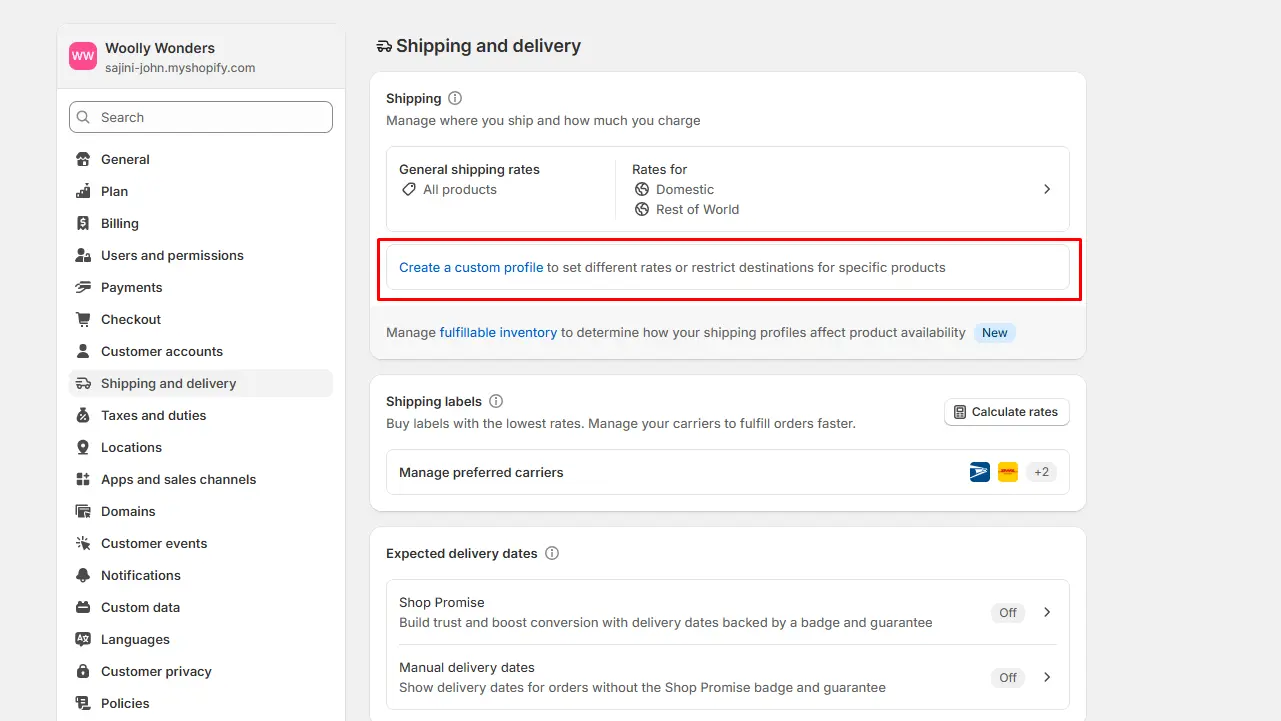
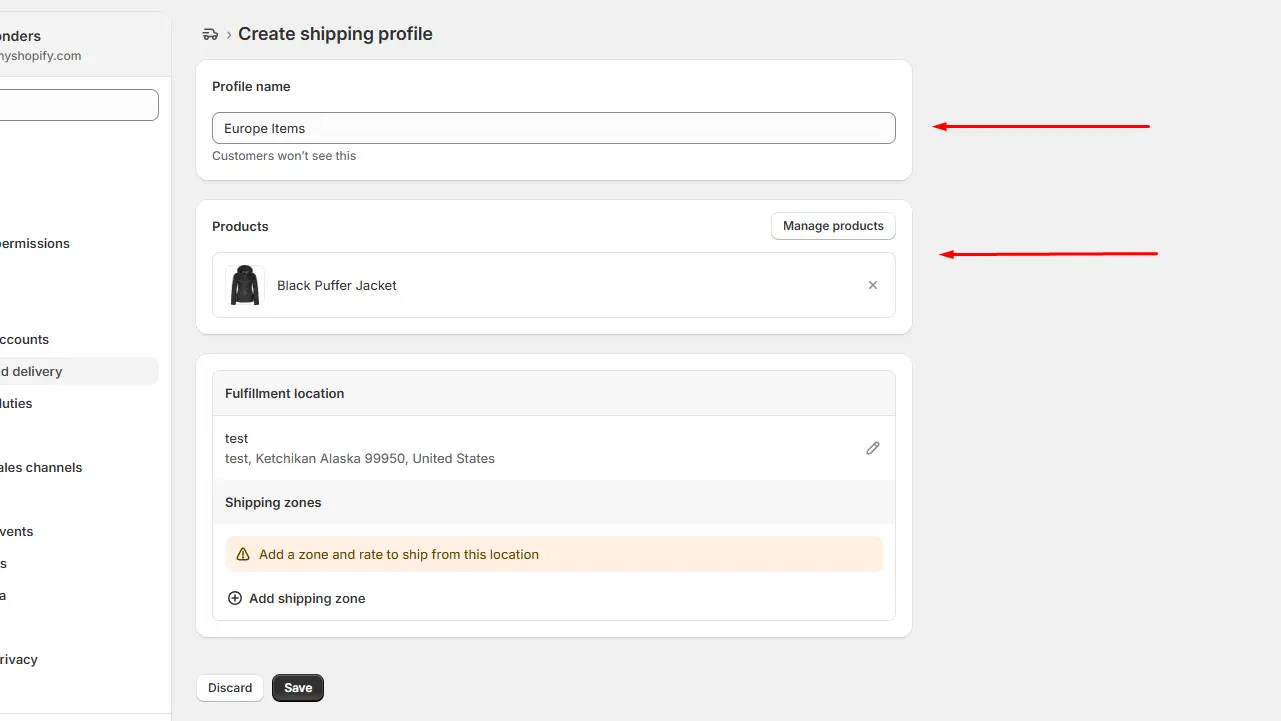

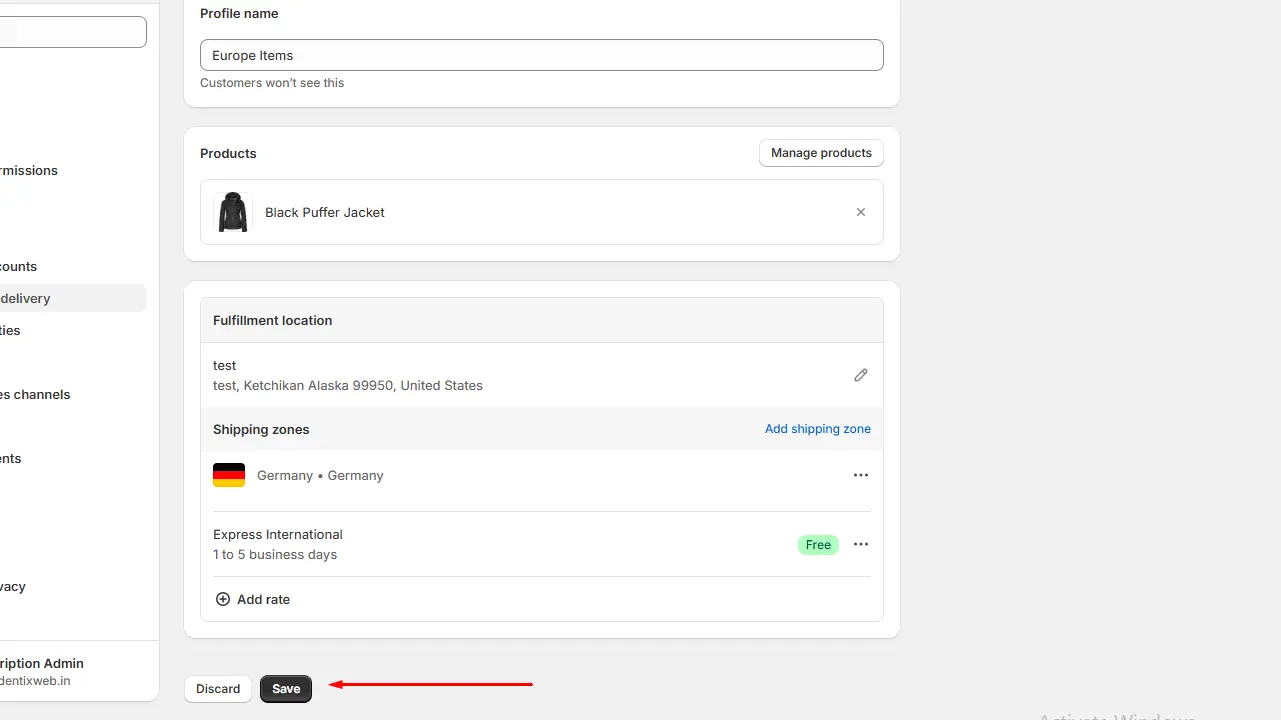


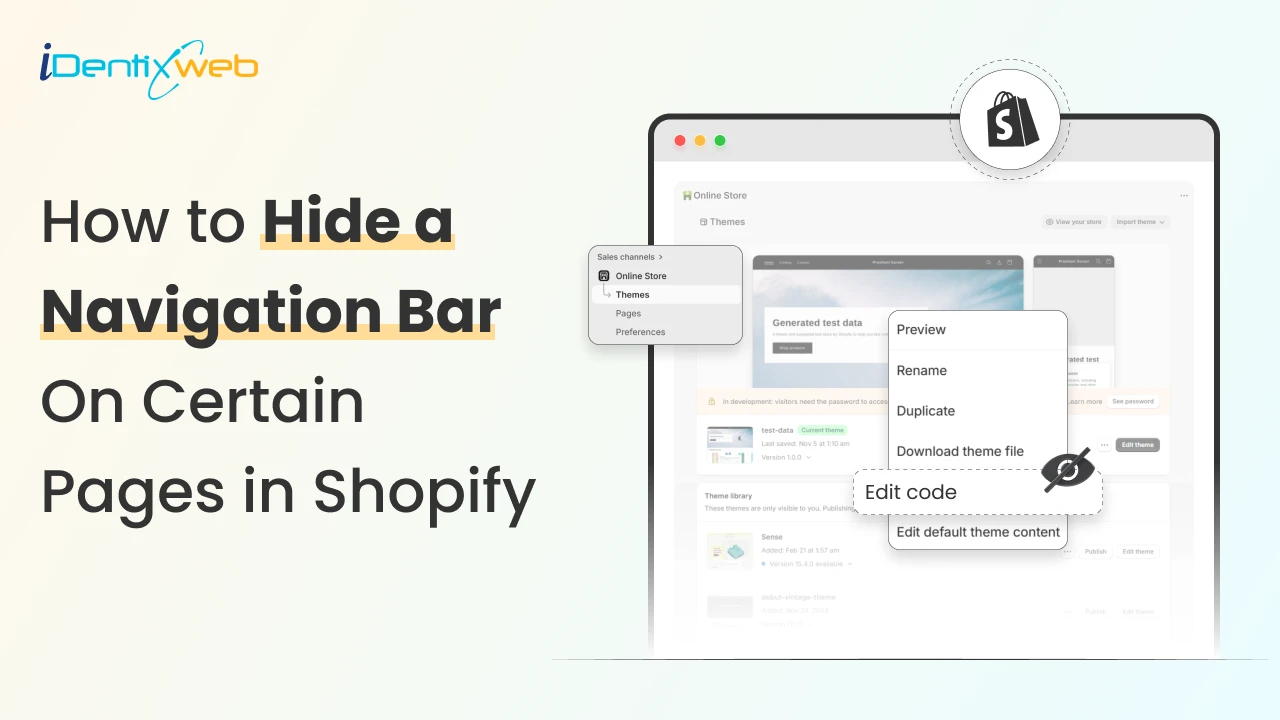
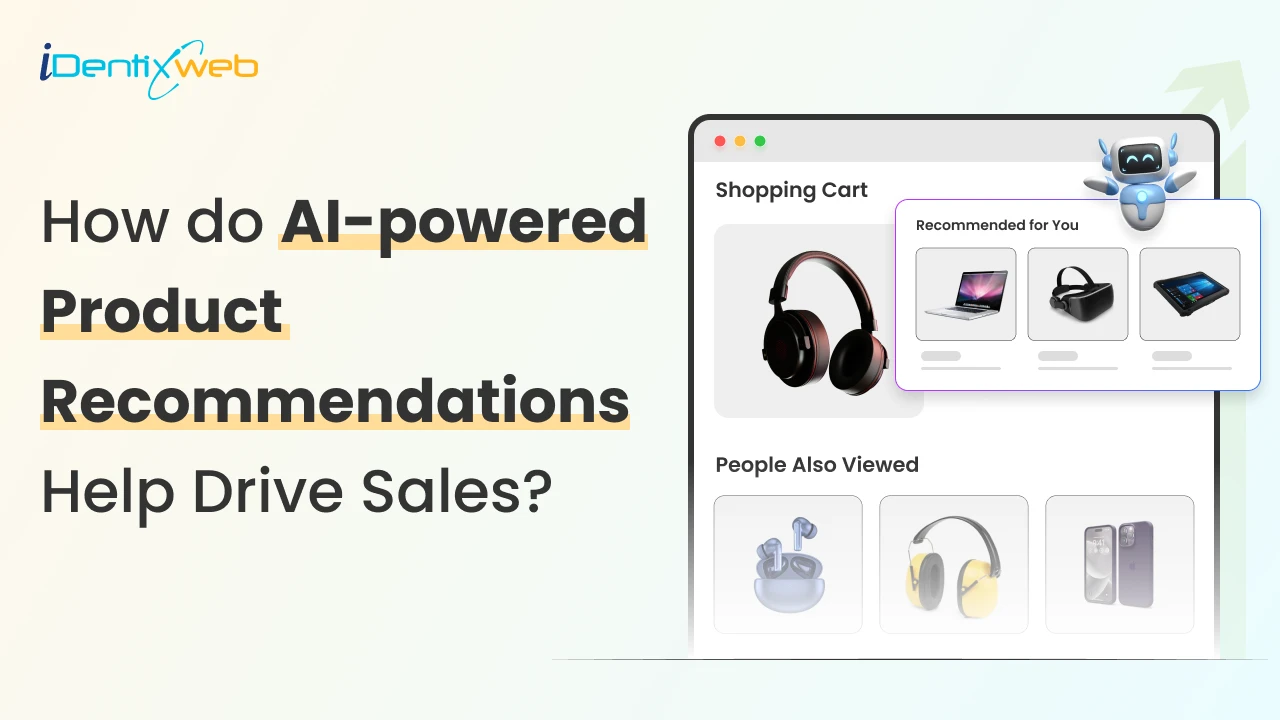


About the author
Vineet Nair
Vineet is an experienced content strategist with expertise in the ecommerce domain and a keen interest in Shopify. He aims to help Shopify merchants thrive in this competitive environment with technical solutions and thoughtfully structured content.